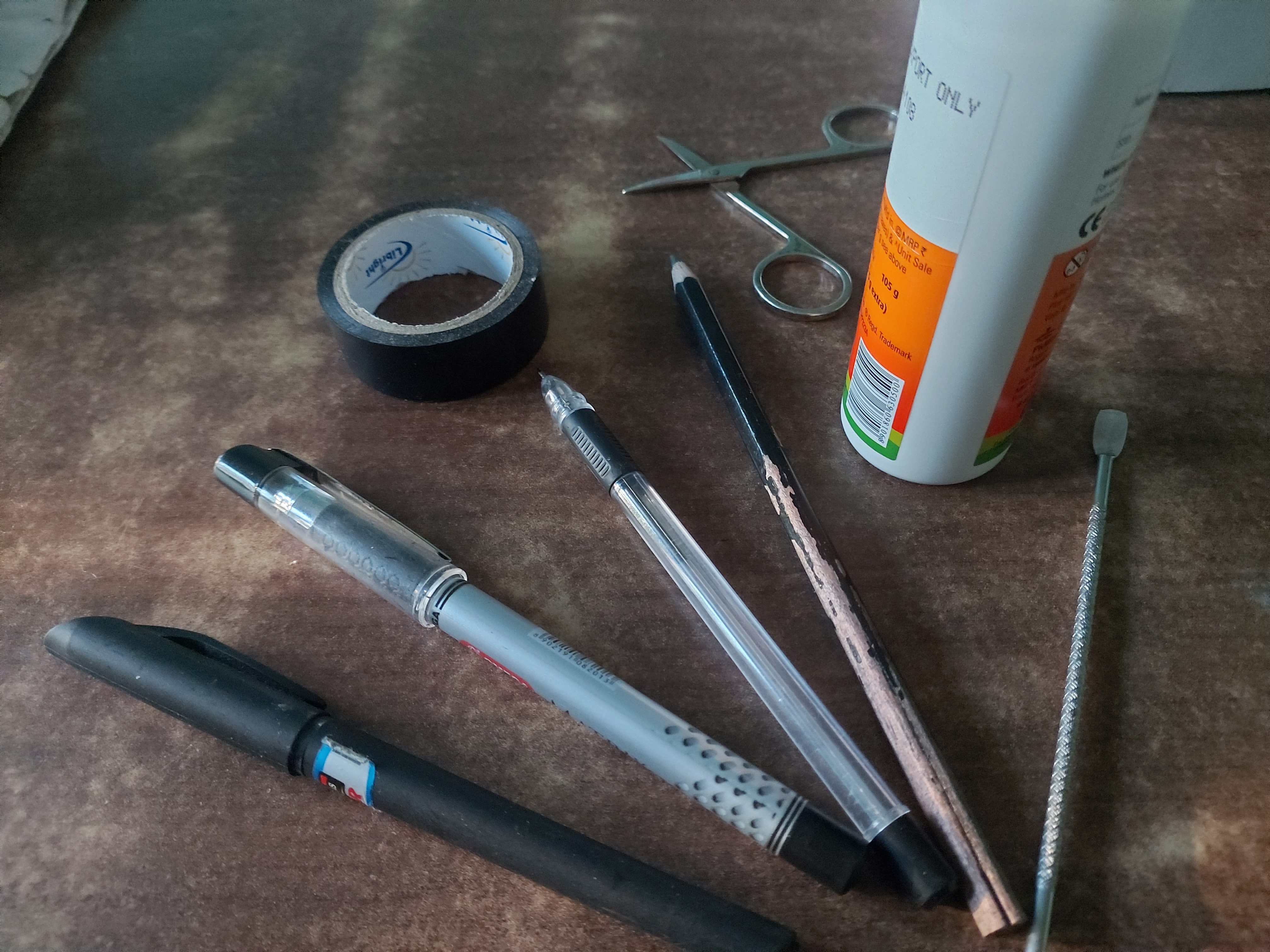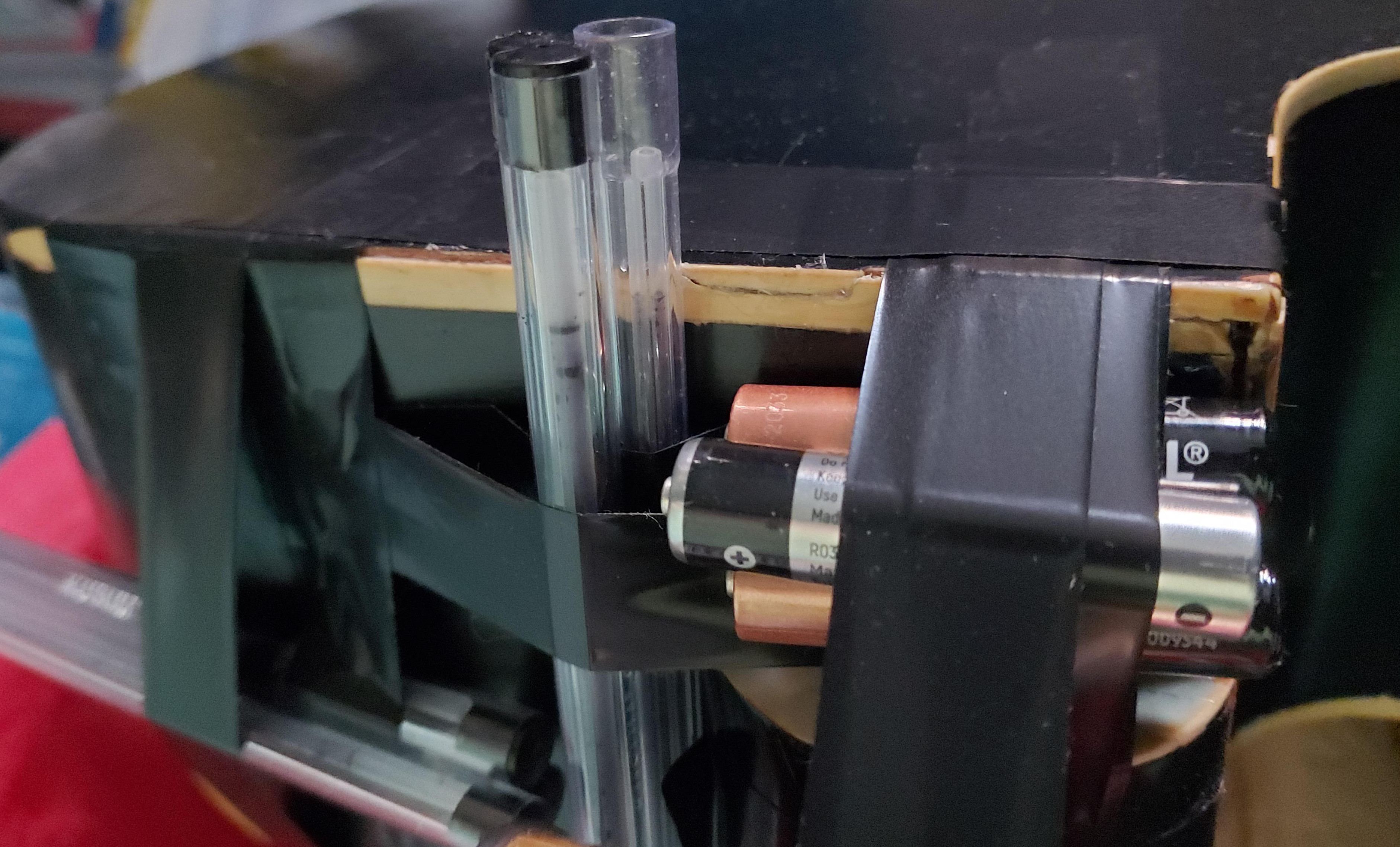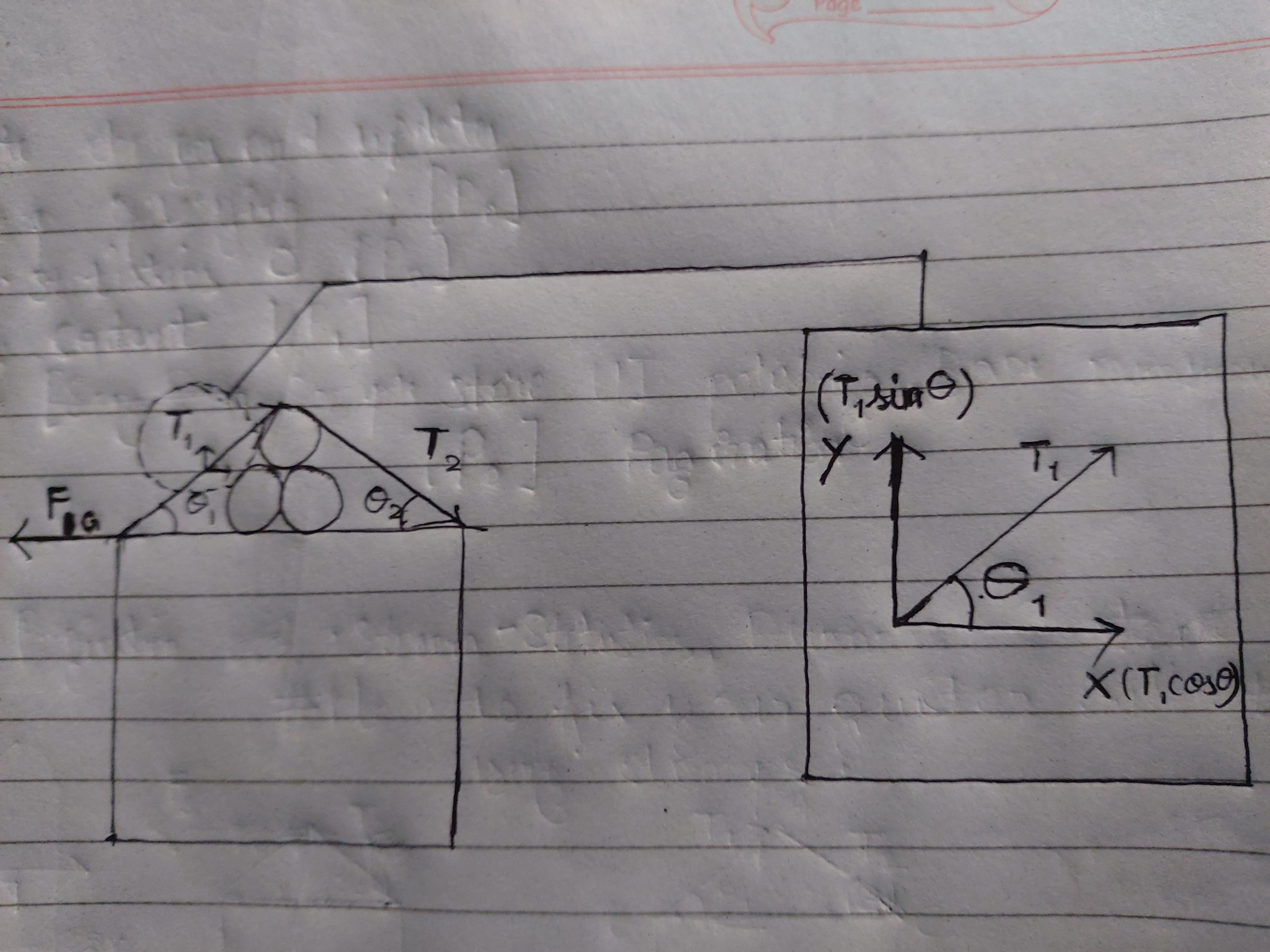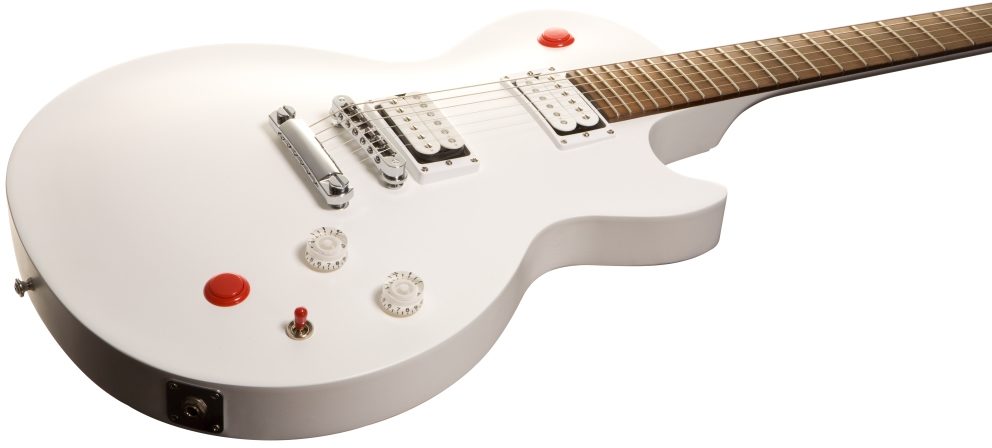
How to fix your old guitar and why do we learn Cosine ?
Is learning Guitar in your bucket list this year (too) ? Do you have an unusable rusty Guitar that has been broken for as long as you remember ? Hang in there, we are going to start off this year by fixing our old guitar which makes the progress even more rewarding.
Do you have a rusty Guitar lying around in your home that has been broken and you are too lazy to take it to a repair center ?
Is learning Guitar in your bucket list this year (too) ? Do you have an unusable rusty Guitar that has been broken for as long as you remember ? Hang in there, we are going to start off this year by fixing our old guitar which makes the progress even more rewarding.
Required tools
A pair of scissors, 6 pens/pencils (cylindrical objects), duct tape, wood glue, lab spatula (optional)

Instructions
We are going to repair our Guitar without using a single professional tool. Sounds exciting ?

1. Apply glue and hold the two surfaces for at least 5 minutes.
2. Tape two pens together between two surfaces you are trying to glue. Make sure the pens are fixed so it can support a third pen, so we create a bit of elevation between the surface.
3. Wrap two separated surfaces along the elevated pen we placed earlier so we create enough tension force.
4. Make sure the contact points of tape in each surface is secure by applying more duct tapes.
5. Apply this technique to more points if needed.
6. Make sure the cylindrical object doesn't create angle more than 30 degrees or less than 10 degrees.
7. Leave it to dry 24 Hours with loosened strings.
8. Tune the guitar and leave it to dry for another 24 Hours.
9. Congratulations, you just fixed your Guitar without using any professional tools.
Now go out there and cross this thing from your bucket list at the end of 2025.
Science behind why it worked ? [ readers discretion is advised ]

Have you ever heard about terms like Cosine ratios, Tension in strings? its time to see them at use.
If you've seen how a Guitar is crafted, it mostly consists of wood surfaces glued together. When they fall, these glued surfaces come apart. Let us say, the force which the glued surface was holding is Fs. It acts in opposite direction left. When we wrap around the surfaces with a duct tape using 3 pens, we introduce a tension force towards the elevated pen point (T1) which is acting opposite to the separating force. Other tension force T2 acts equal and opposite direction of T1.
We generally resolve a single force into horizontal and vertical component. These are our two force equations.
T1cos(θ1)=Fs T1cos(θ1)=T2cos(θ2)
Now this is where Cosine ratios come to play.
The maximum value of Cosine for which these tension forces exist lie somewhere between 15 and 30 degrees. You can see Cosine in action by increasing or decreasing the angles. If you are stupid like me, you might be wondering why not use 0 degree because Cosine is maximum at this angle but from the figure above we realize that Tension force doesn't exist when we use 0 degrees.
Disclaimer: Use this D.I.Y repair at your own risk and professional repair centers are always recommended for expensive guitars.
You might also like
Check out few other similar posts

